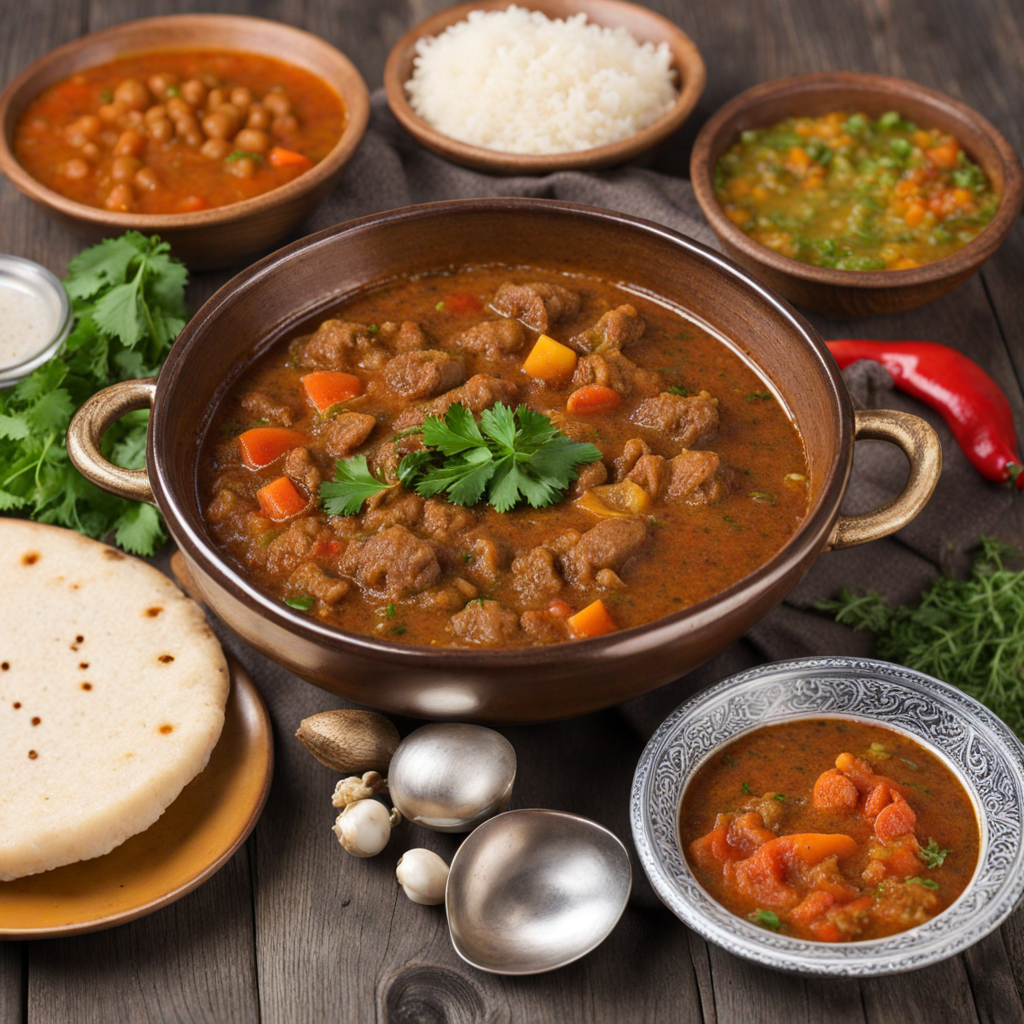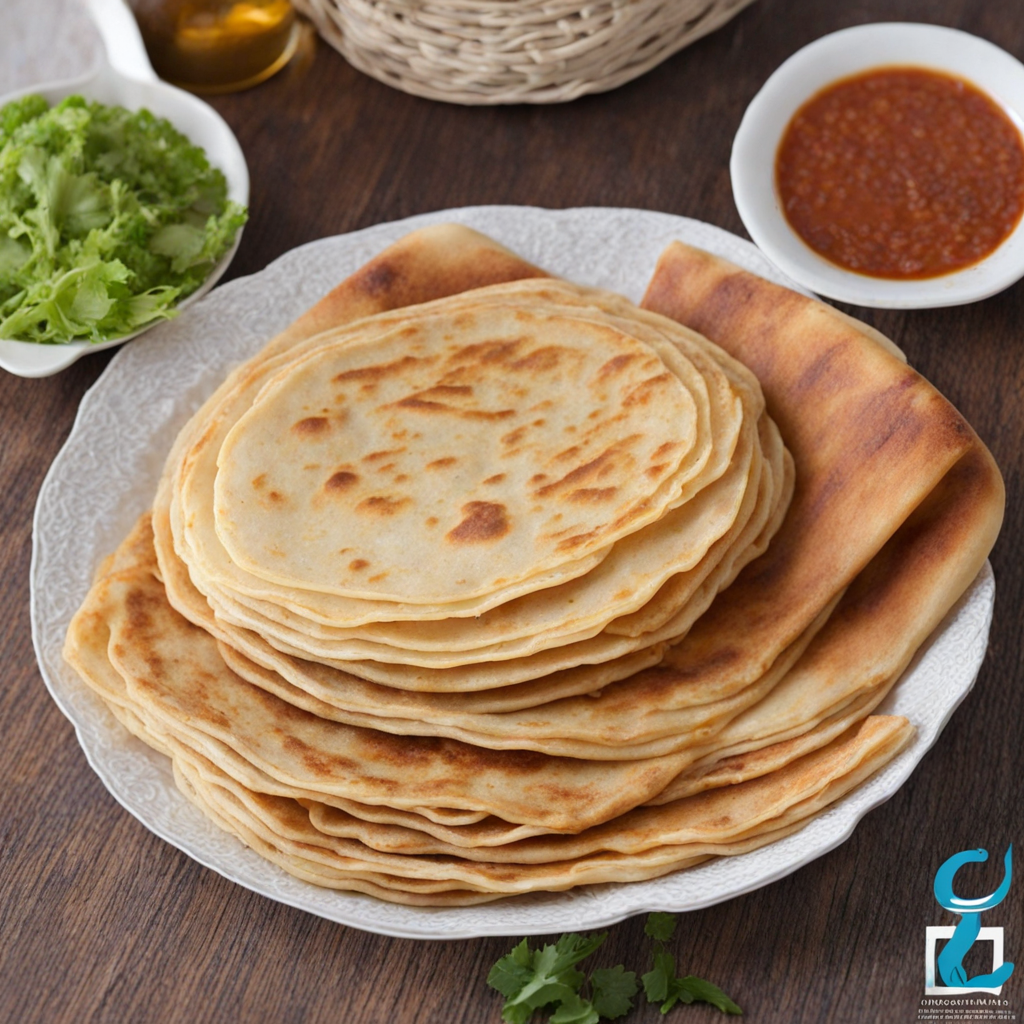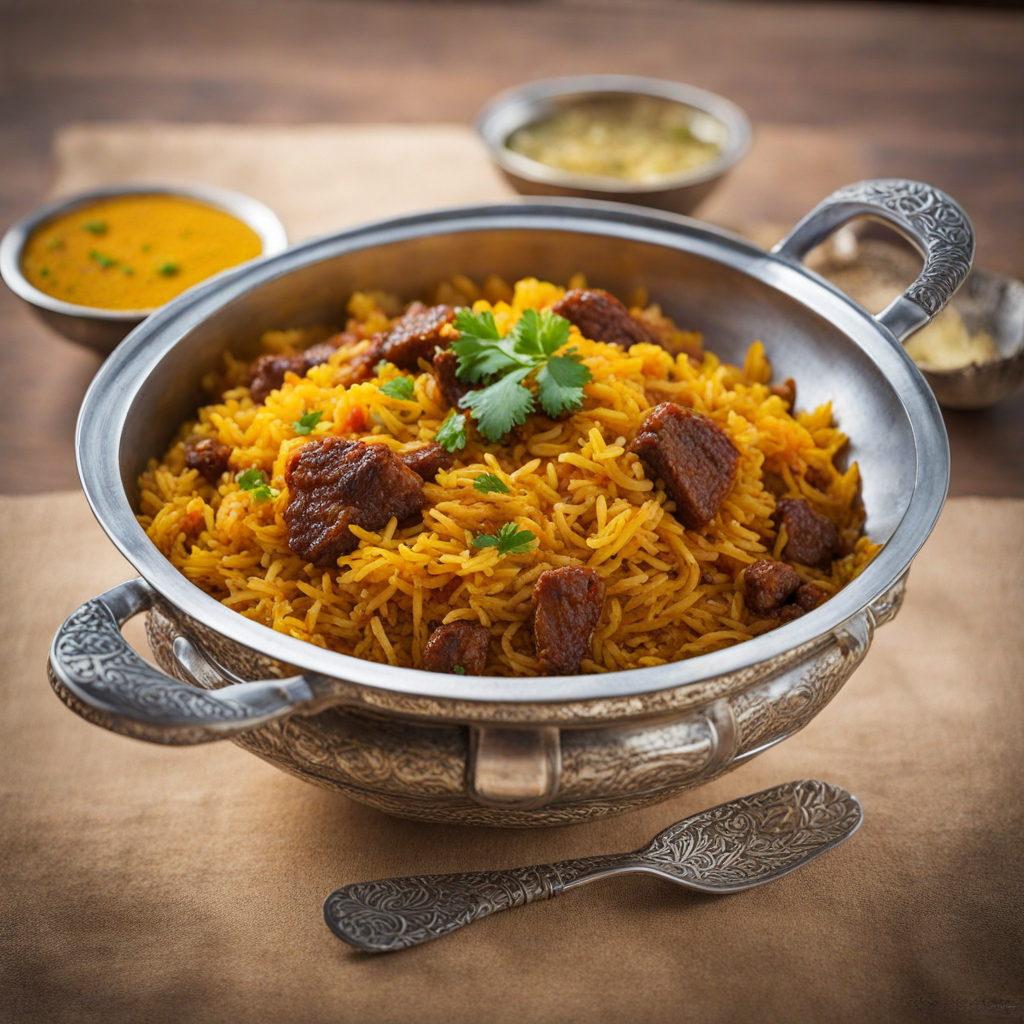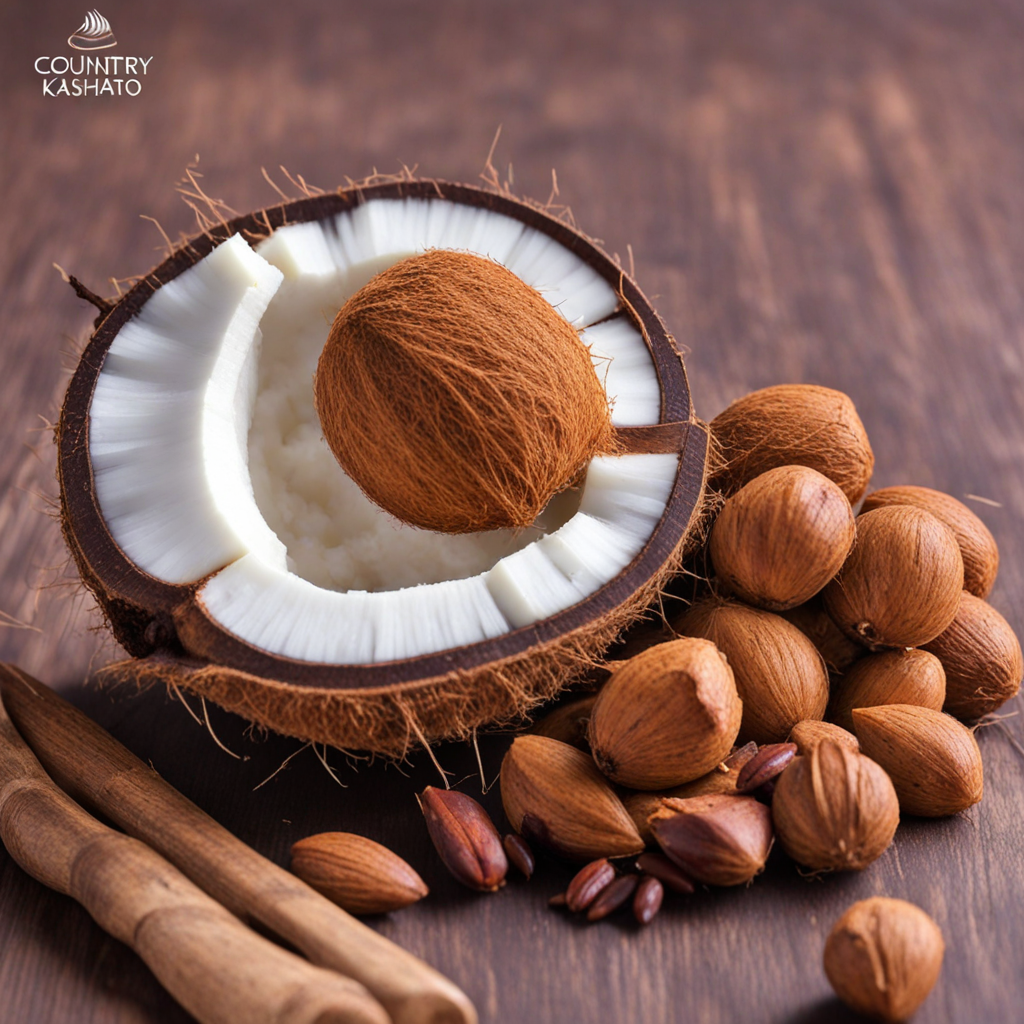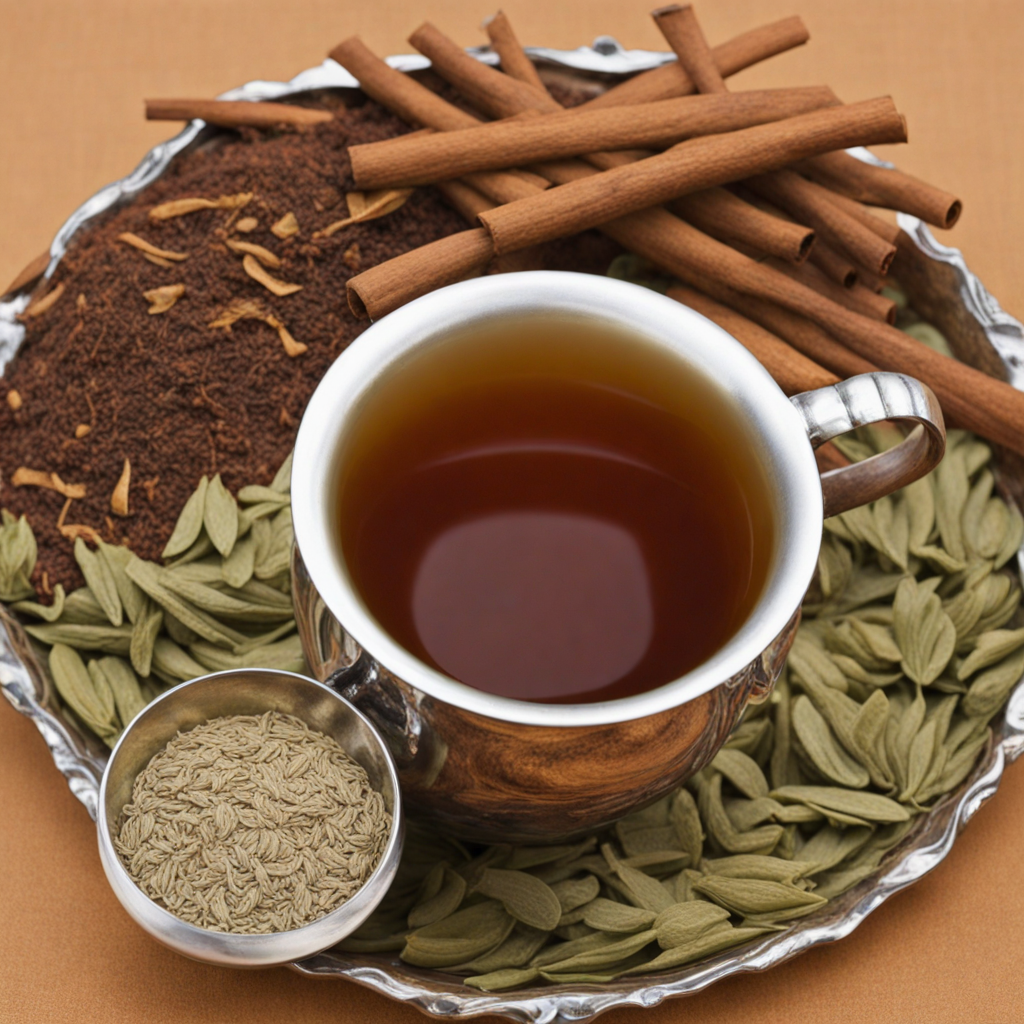Maraq
Maraq is a traditional Somali soup that embodies the rich culinary heritage of Somalia, offering a delightful blend of flavors and aromas. This hearty dish typically consists of a variety of meats, such as goat, beef, or chicken, simmered slowly with an array of spices. The base is often enriched with vegetables like carrots, potatoes, and onions, which not only add depth to the flavor but also contribute to the soup's vibrant color and texture. The use of spices like cumin, coriander, and cardamom infuses the broth with a warm, aromatic quality that is both comforting and invigorating. The preparation of Maraq is an art in itself, as it requires a careful balance of ingredients and cooking techniques. The meat is usually marinated with spices before being sautéed, allowing the flavors to meld beautifully. As the soup simmers, the ingredients release their essences, creating a rich and savory broth that serves as the heart of the dish. Many families have their own variations of Maraq, often passed down through generations, making each bowl a unique representation of home cooking. Served hot, Maraq is often accompanied by a side of Somali flatbread, known as canjeero, which is perfect for soaking up the flavorful broth. The soup is not just a meal; it’s a communal experience that brings people together, often enjoyed during family gatherings or special occasions. Each spoonful offers a taste of Somalia’s culture, history, and warmth, making Maraq a dish that is sure to leave a lasting impression on anyone brave enough to explore its distinctive and comforting flavors.
How It Became This Dish
The Rich History of مرق (Marq) in Somali Cuisine Origins of Marq The culinary tradition of Somalia is a vibrant tapestry woven from the influences of various cultures, ethnicities, and histories. One of the most significant dishes in this rich culinary landscape is "مرق" (marq), a traditional Somali stew that exemplifies not only the flavors of the region but also its cultural and social fabric. Marq has roots that stretch deep into the Horn of Africa, drawing from the historical interactions between Somali pastoralists, traders, and neighboring communities. The origin of marq can be traced back to the nomadic lifestyle of the Somali people, who have relied on livestock for sustenance for centuries. Cattle, sheep, and goats are not just sources of meat but are also vital for milk and other dairy products. The utilization of these animals in cooking has shaped the fundamental structure of Somali cuisine. Marq was developed as a way to utilize the less tender cuts of meat, transforming them into a hearty and nourishing dish that could feed families and communities. Cultural Significance Marq is more than just a meal; it is a symbol of hospitality and communal bonding in Somali culture. Traditionally, marq is served during significant gatherings, such as weddings, religious celebrations, and communal feasts. The act of sharing the dish is a vital aspect of Somali social life, reflecting the values of generosity and togetherness. In a culture where communal living is emphasized, marq serves as a focal point for social interactions, fostering connections and strengthening family ties. The preparation of marq often involves the participation of multiple family members, highlighting its role in community and family dynamics. From the selection of ingredients to the actual cooking process, marq becomes a communal effort that brings people together. It is not uncommon for families to gather around a large pot, sharing stories and laughter while the stew simmers to perfection. This process of cooking and sharing embodies the essence of Somali hospitality, where food is a conduit for love and connection. Ingredients and Preparation At its core, marq combines a variety of ingredients, typically including meat (often goat, lamb, or beef), vegetables, and spices. The primary component of marq is the meat, which is simmered slowly to enhance its tenderness and flavor. The choice of vegetables may vary, but common additions include potatoes, carrots, and onions. These ingredients are often seasoned with a blend of spices that reflect the culinary influences of the region, such as cumin, cardamom, and black pepper. The preparation of marq can vary significantly from family to family, with each chef adding their personal touch. Some may choose to incorporate regional ingredients, while others might honor traditional recipes passed down through generations. Cooking methods also differ, with some preferring to use a traditional clay pot over an open fire, while others may opt for modern cookware. This adaptability of marq demonstrates how food can evolve while still maintaining its cultural essence. Development Over Time As Somalia has experienced various historical changes, from colonialism to civil conflict and diaspora, the practice of making marq has also evolved. The influence of globalization and increased migration patterns have introduced new ingredients and cooking techniques, enriching the traditional dish while maintaining its core characteristics. In the diaspora, Somali communities have adapted marq to suit available resources, leading to variations that reflect local ingredients. For example, in western countries, where certain spices might be harder to find, Somali cooks often improvise with what is accessible, resulting in a fusion of flavors that still honors the original essence of marq. This adaptability has ensured that marq remains relevant and cherished among Somali expatriates, allowing them to maintain a connection to their cultural heritage. Furthermore, marq has gained recognition beyond the Somali community, as food enthusiasts and culinary explorers increasingly seek to experience authentic international cuisines. Somali restaurants in major cities around the world have introduced marq to wider audiences, showcasing the dish's rich flavors and cultural significance. This growing appreciation has helped to preserve and promote Somali culinary traditions in a global context. Marq in Contemporary Somali Cuisine In contemporary Somalia, marq continues to hold a central place in both everyday meals and special occasions. It is often served alongside traditional dishes such as "canjeero" (a fermented flatbread) or rice, making it a versatile and beloved part of the Somali diet. The dish has also adapted to modern health trends, with some cooks emphasizing lighter versions by incorporating more vegetables and leaner cuts of meat. Moreover, the rise of social media and food blogging has allowed Somali chefs and home cooks to showcase their culinary skills and share traditional recipes with a global audience. This digital age has fostered a renewed interest in marq, as people from different backgrounds discover its unique flavors and cultural story. Online platforms have become spaces for dialogue about Somali cuisine, creating opportunities for cultural exchange and appreciation. Conclusion The history of marq is a testament to the resilience and adaptability of Somali culture. It embodies the rich heritage of a people who have navigated complex historical landscapes while maintaining their culinary traditions. As marq continues to evolve, it remains a symbol of community, hospitality, and cultural pride. Today, whether enjoyed in a bustling Somali restaurant or at a family gathering, marq serves as a bridge connecting generations and communities. Through the act of cooking and sharing this beloved stew, Somali people around the world honor their past while looking toward the future, ensuring that the legacy of marq endures for generations to come.
You may like
Discover local flavors from Somalia


